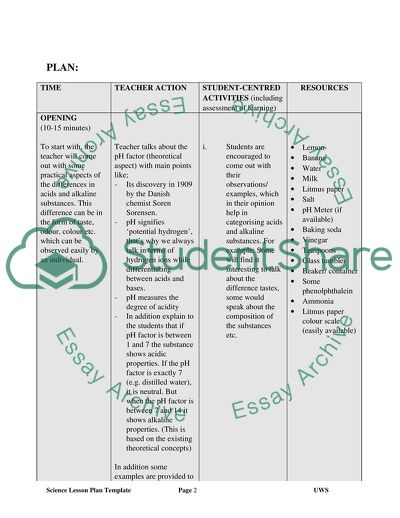Cite this document
(Chemistry and Biology Lesson Plans and Concept Maps Business Plan, n.d.)
Chemistry and Biology Lesson Plans and Concept Maps Business Plan. https://studentshare.org/education/1726349-chemistry-and-biology-lesson-plans-and-concept-maps
Chemistry and Biology Lesson Plans and Concept Maps Business Plan. https://studentshare.org/education/1726349-chemistry-and-biology-lesson-plans-and-concept-maps
(Chemistry and Biology Lesson Plans and Concept Maps Business Plan)
Chemistry and Biology Lesson Plans and Concept Maps Business Plan. https://studentshare.org/education/1726349-chemistry-and-biology-lesson-plans-and-concept-maps.
Chemistry and Biology Lesson Plans and Concept Maps Business Plan. https://studentshare.org/education/1726349-chemistry-and-biology-lesson-plans-and-concept-maps.
“Chemistry and Biology Lesson Plans and Concept Maps Business Plan”. https://studentshare.org/education/1726349-chemistry-and-biology-lesson-plans-and-concept-maps.


